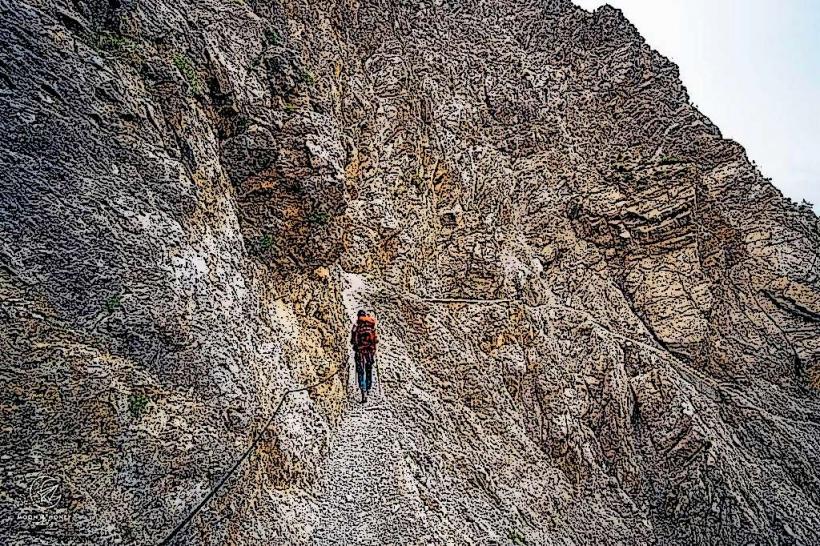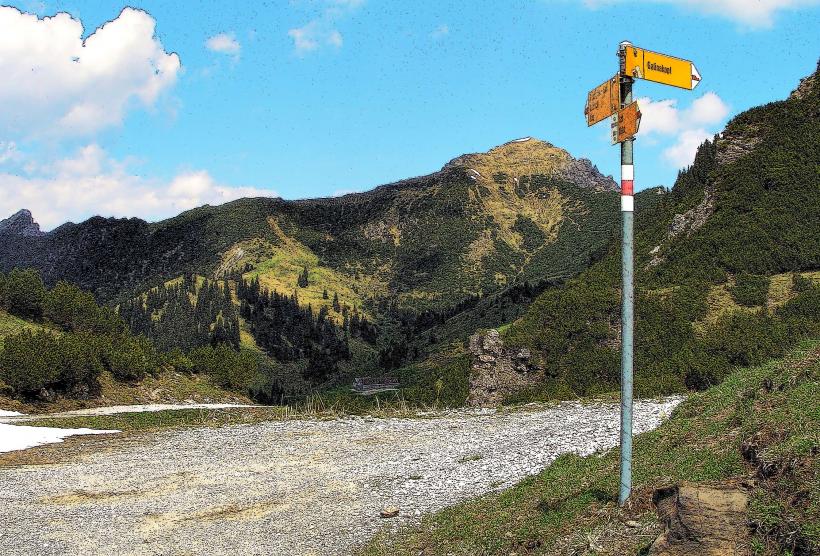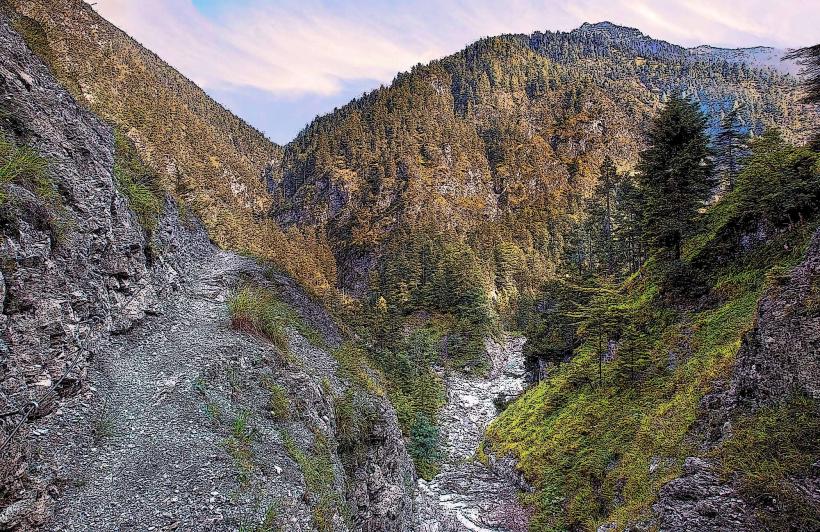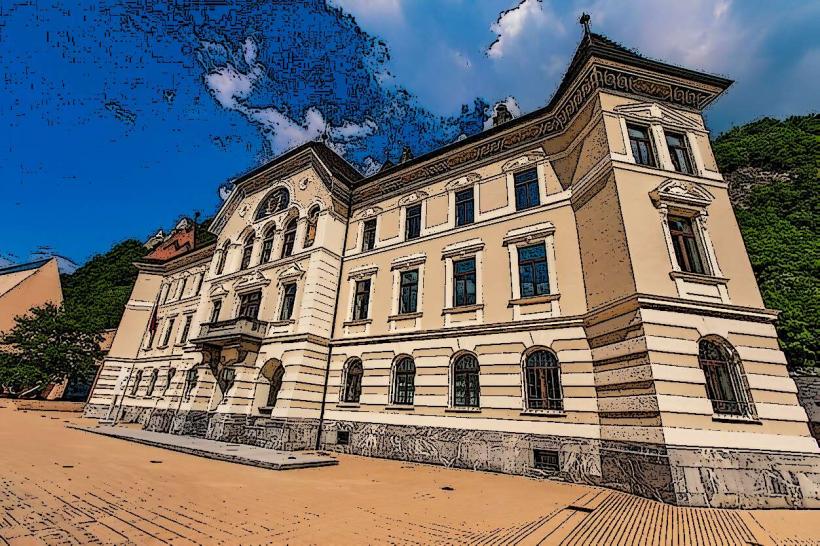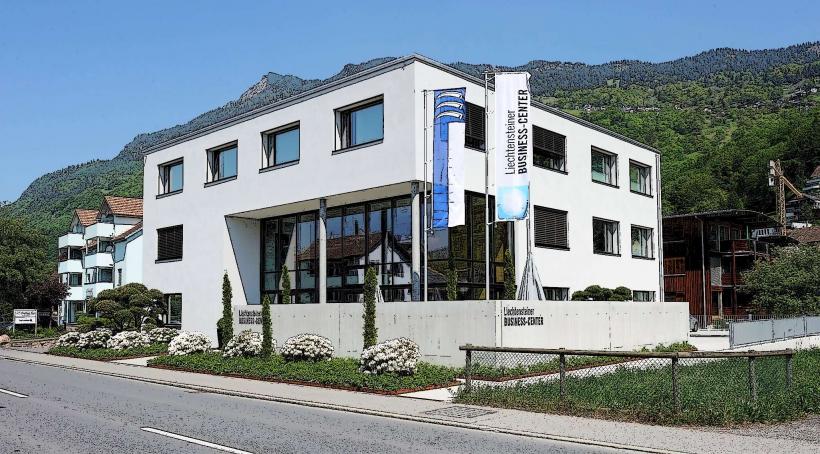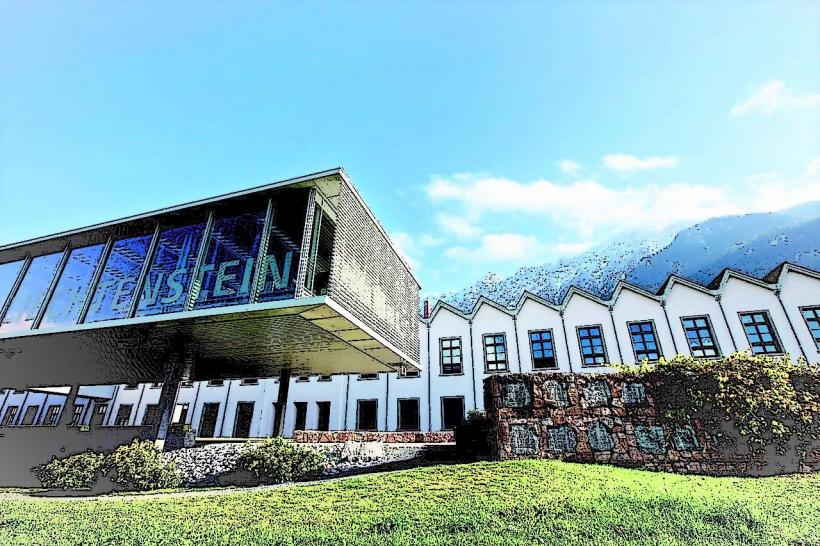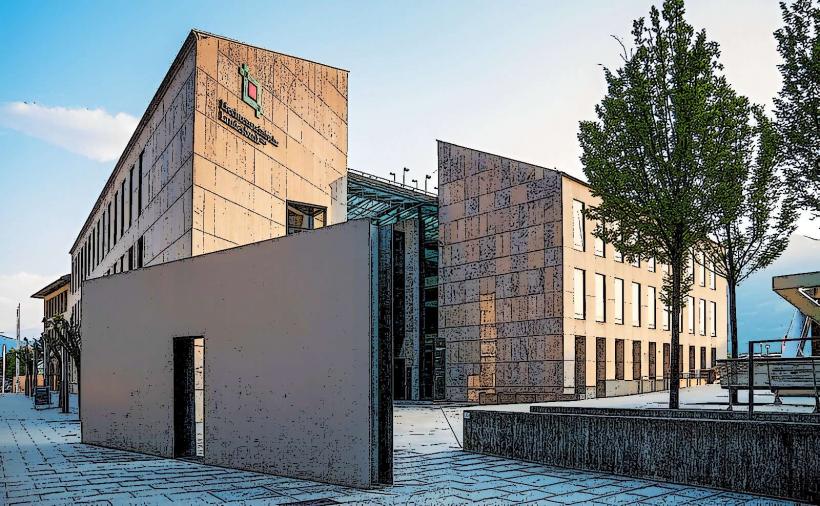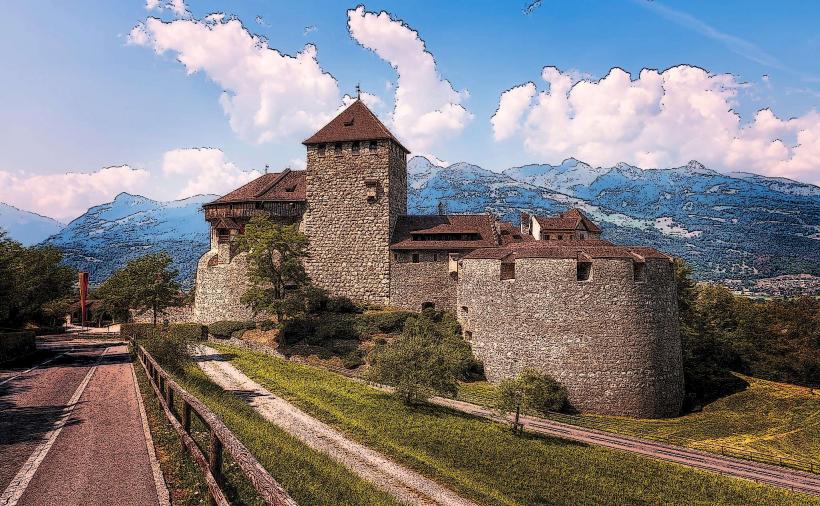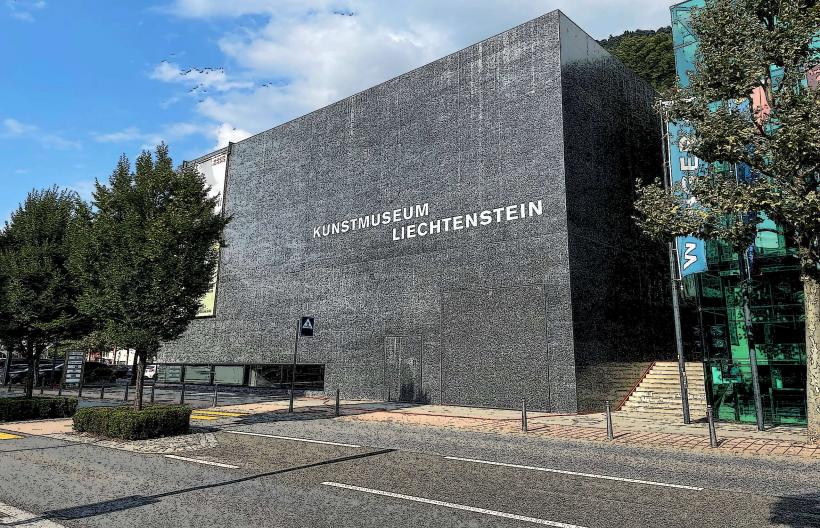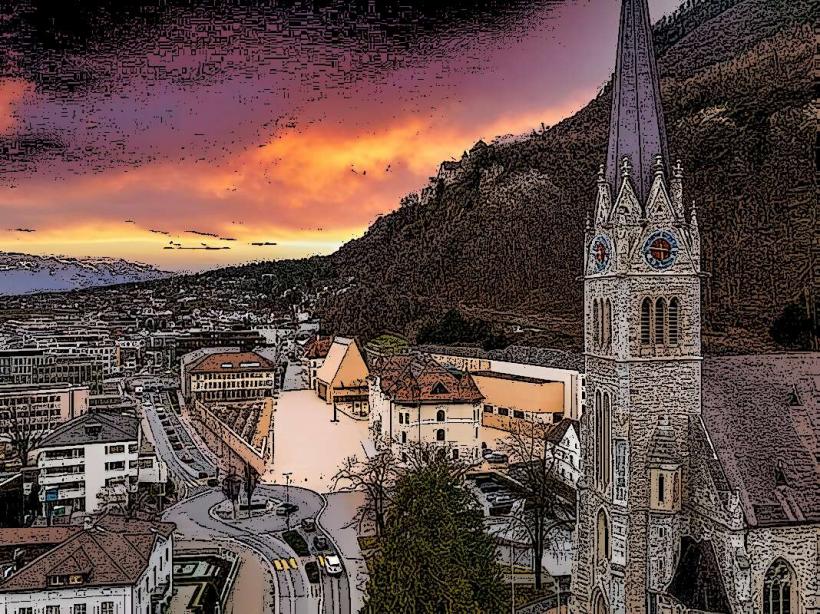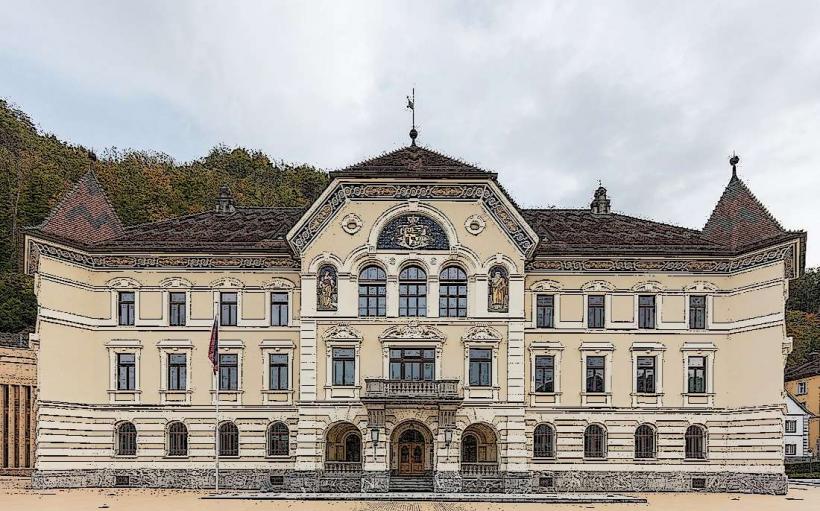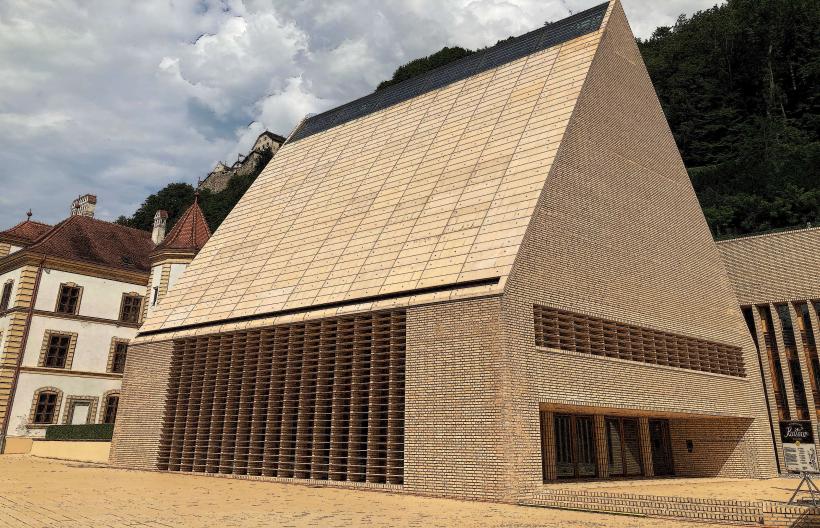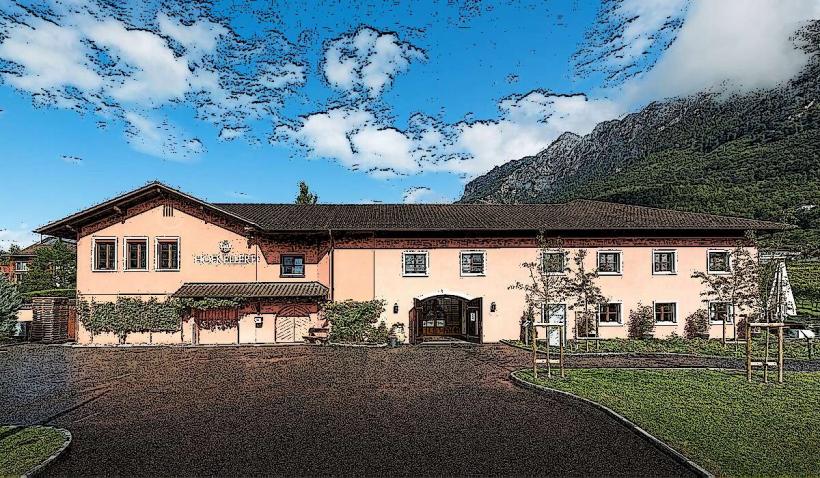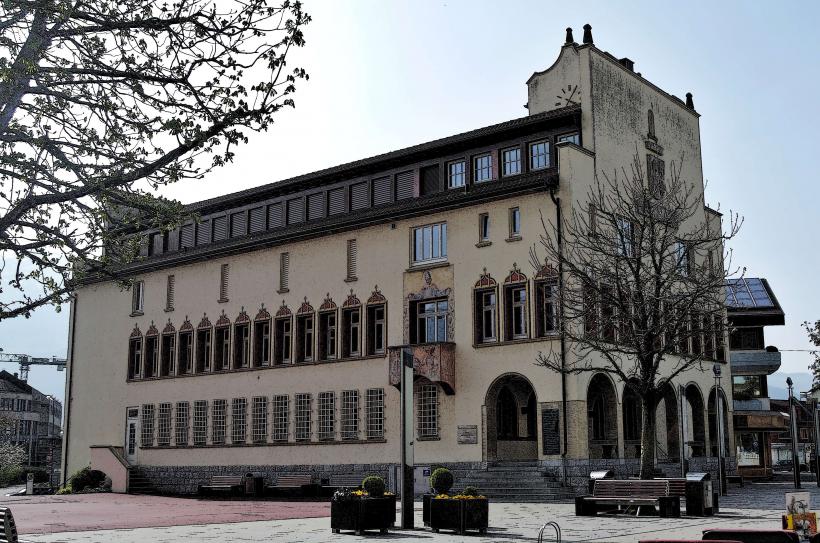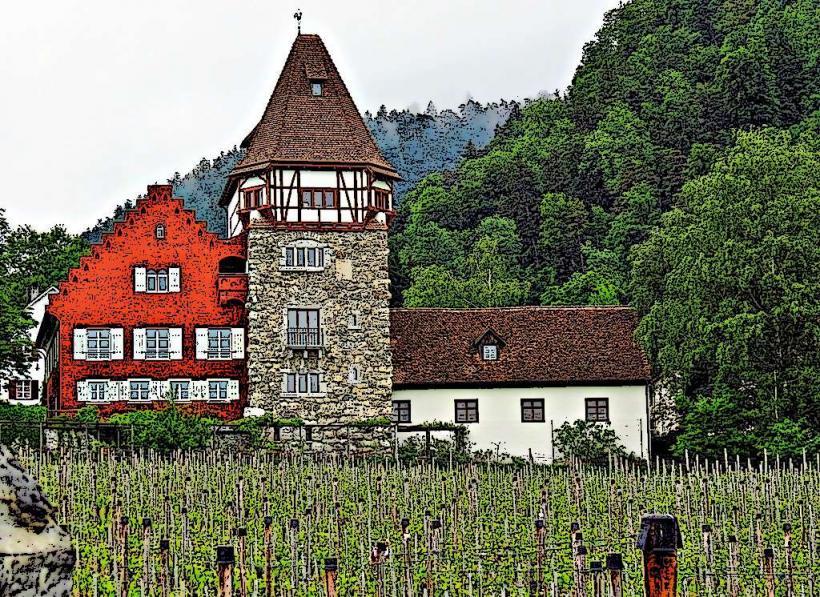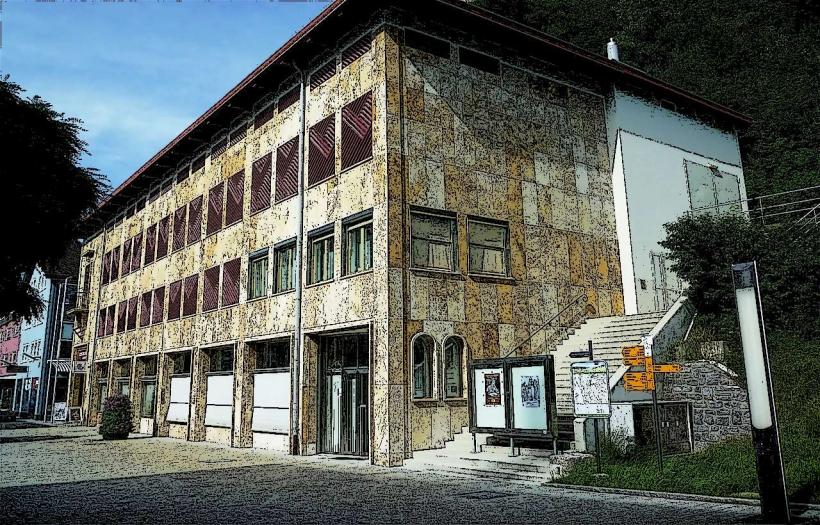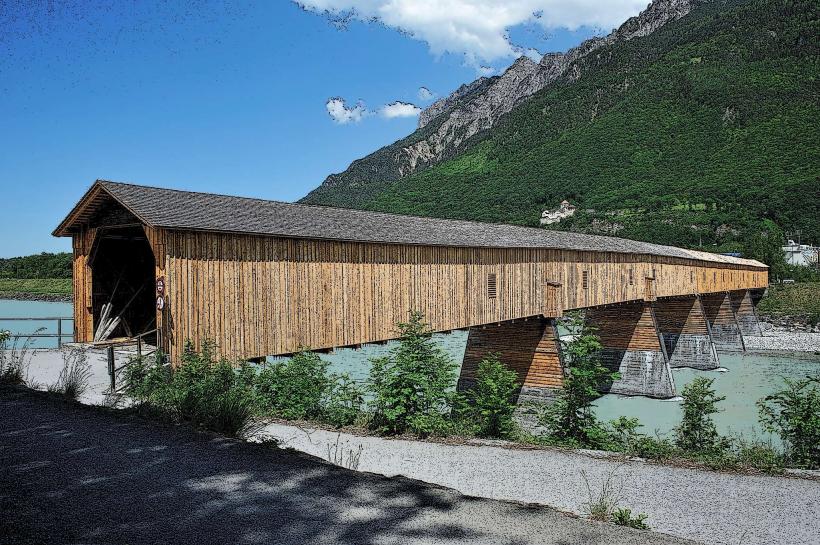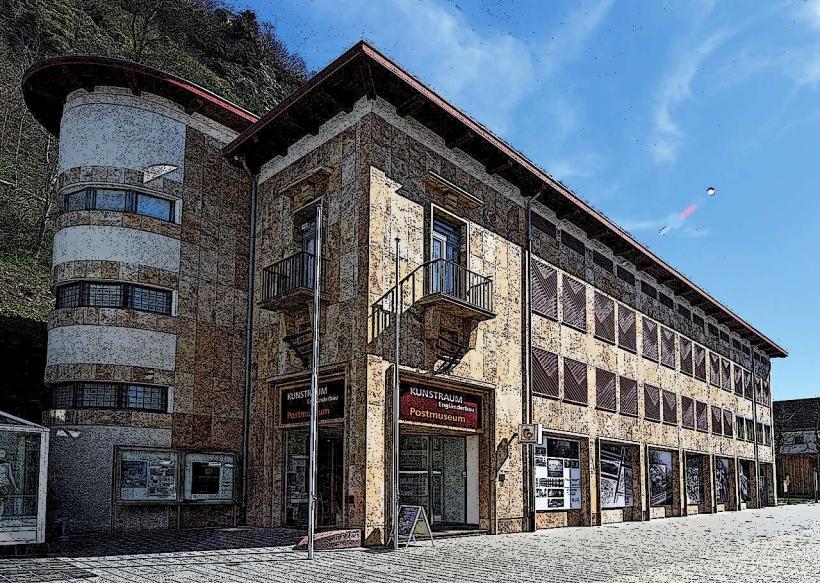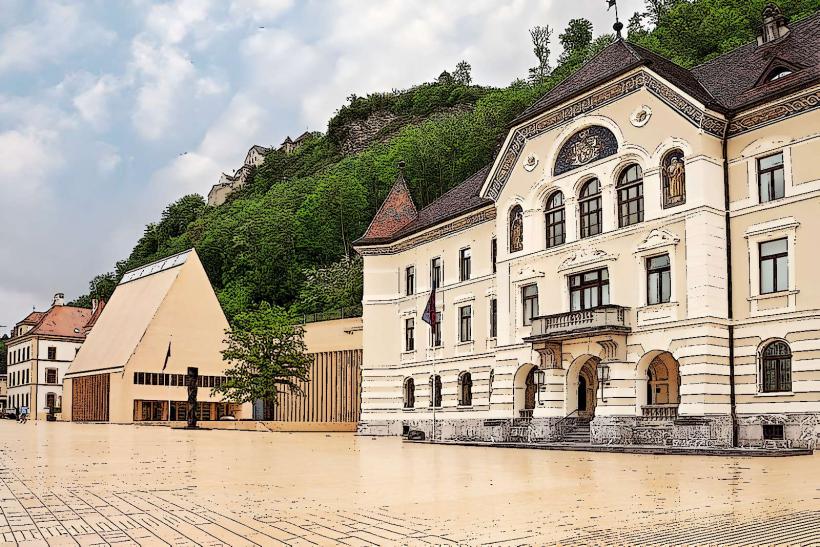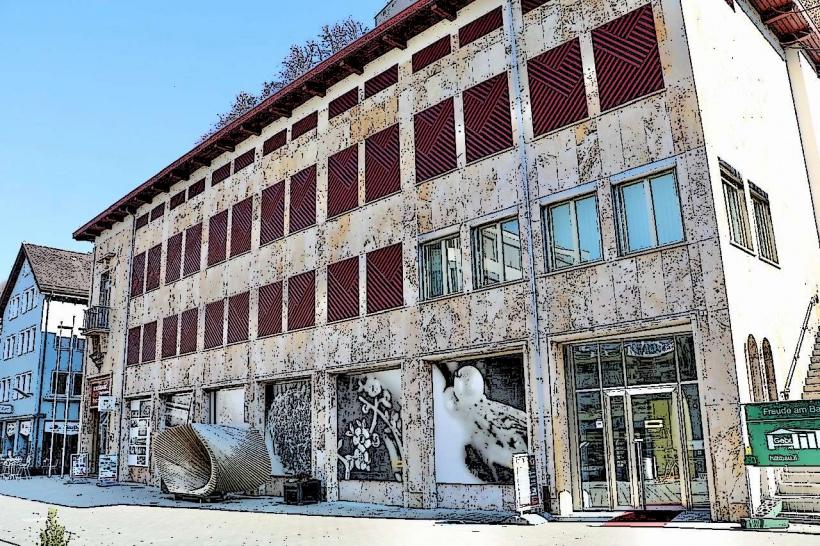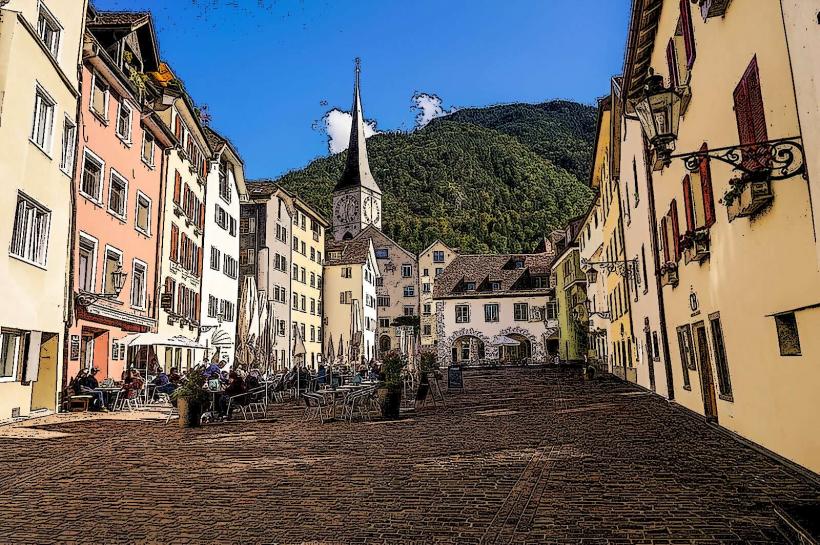Information
Landmark: Liechtenstein National MuseumCity: Vaduz
Country: Liechtenstein
Continent: Europe
The Liechtenstein National Museum (Liechtensteinisches Landesmuseum) is the principal museum in the Principality of Liechtenstein, located in the capital, Vaduz. It is a key cultural institution in the country, dedicated to preserving and showcasing the history, art, and culture of Liechtenstein. Below are key details about the museum:
Overview:
- Founded: The museum was founded in 1929 and has since become a central repository of the country’s cultural heritage.
- Location: The museum is housed in the Hofkellerei building, a historic structure in Vaduz that once served as a wine cellar for the Princely Family of Liechtenstein.
- Mission: The museum aims to collect, preserve, and exhibit the history, art, and culture of Liechtenstein, with a particular focus on the country’s natural environment, history, and the Princely Family’s contributions to its development.
Architecture:
- Building History: The museum is located in a historical building that dates back to the 16th century, originally constructed as part of the Princely Court. It was later adapted and expanded to accommodate the museum’s collections.
- Design: The architecture of the building is a blend of traditional and modern elements, with the older sections of the building displaying classic Renaissance design and the newer additions incorporating more contemporary features.
- Renovations: The museum underwent significant renovations and expansions, particularly in the 1990s, to meet modern museum standards while preserving the historical integrity of the building.
Collections:
The museum’s collections cover a wide range of subjects, reflecting the country’s history, art, and cultural development.
Historical Exhibits:
- Prehistory and Archaeology: The museum houses artifacts from the prehistoric, Roman, and medieval periods, shedding light on the early history of Liechtenstein and its surroundings.
- Cultural History: Exhibits document the political and social history of the region, including the history of the Princely Family and their influence on the development of Liechtenstein as a state.
- Ethnography: The museum also explores the daily lives, customs, and traditions of Liechtenstein’s people, with displays that focus on historical industries, crafts, and the evolution of local society.
Natural History:
- The museum features an extensive collection of natural history specimens, including displays of local wildlife, plants, and geological formations from the region. These exhibits provide insight into Liechtenstein’s natural environment and the broader Alpine ecosystem.
Art and Cultural Heritage:
- Art Collections: The museum’s art collection features works from Liechtenstein’s history, as well as pieces from the Princely Family’s private collections. The collection includes paintings, sculptures, and decorative arts.
- Artifacts of the Princely Family: The Princely Family has played a significant role in shaping the culture of Liechtenstein, and the museum showcases numerous artifacts, including portraits, heirlooms, and items related to the family's role in the country’s governance.
Temporary Exhibitions: The museum hosts rotating temporary exhibitions, covering various aspects of Liechtenstein’s cultural and natural history, as well as international topics.
Key Highlights:
- The Princely Collection: The museum features pieces from the Princely Family’s extensive private collection, showcasing their patronage of the arts and their contribution to the cultural development of Liechtenstein.
- The Liechtenstein Coin Collection: The museum also holds a significant collection of coins and currency, reflecting the country’s financial history and the evolution of its economy.
- The Natural History Display: This section is particularly popular for its detailed exhibits on the region’s flora and fauna, including local bird species and Alpine wildlife.
Visitor Experience:
- Exhibitions: The museum offers a mix of permanent and temporary exhibitions, providing visitors with both an introduction to Liechtenstein’s heritage and opportunities to explore specific themes in more depth.
- Educational Programs: The museum provides educational resources for schools and families, offering guided tours, workshops, and interactive displays to engage younger audiences.
- Museum Shop: The museum has a gift shop where visitors can purchase books, art reproductions, and other items related to Liechtenstein’s history and culture.
Cultural Significance:
- National Identity: The Liechtenstein National Museum plays a crucial role in preserving and promoting the identity of Liechtenstein. It acts as a bridge between the past and the present, helping to connect the country’s historical roots with its modern development.
- Public Engagement: The museum also contributes to public life by hosting lectures, special events, and cultural programs, making it a dynamic space for both locals and tourists.
Accessibility:
- Opening Hours: The museum is typically open year-round, though hours may vary depending on the season or specific events.
- Admission: There is a modest admission fee, with discounts available for students, seniors, and families.
- Location: The museum is centrally located in Vaduz, near other cultural landmarks such as the Kunstmuseum Liechtenstein and Vaduz Castle.
Conclusion:
The Liechtenstein National Museum is an essential institution for anyone interested in understanding the history, culture, and natural environment of Liechtenstein. It offers a comprehensive and fascinating view of the country’s development, from prehistoric times to the modern era, and highlights the important role of the Princely Family in shaping the nation’s heritage. Whether you’re interested in art, history, or nature, the museum provides a well-rounded exploration of the cultural and historical landscape of Liechtenstein.

